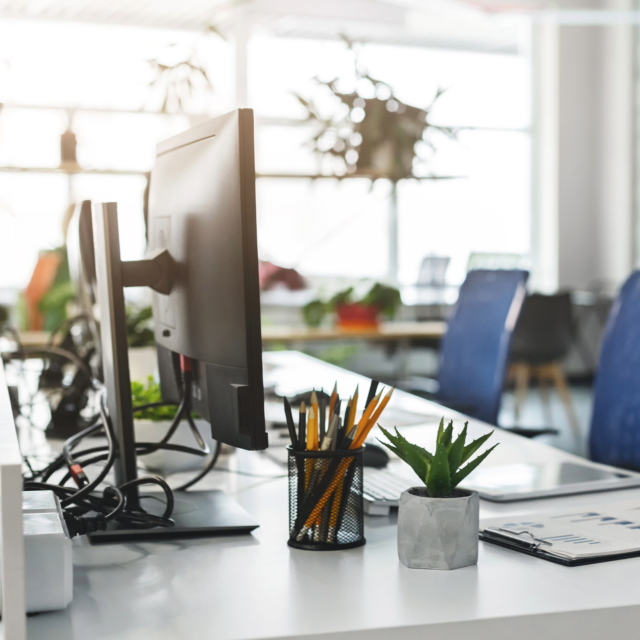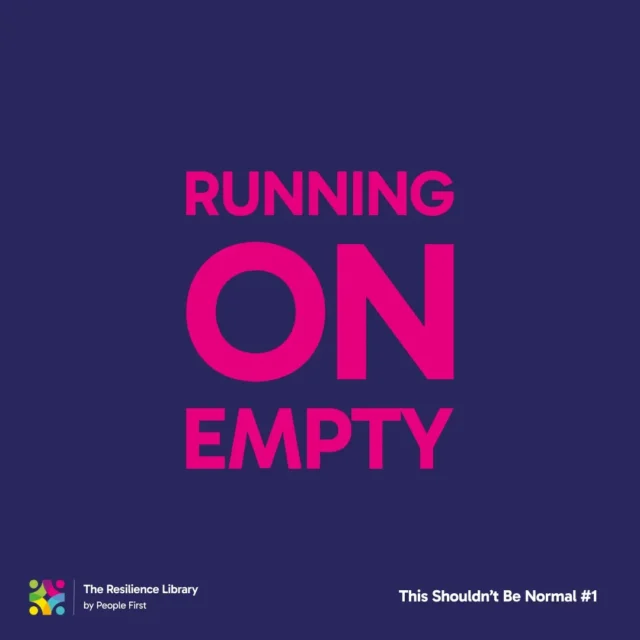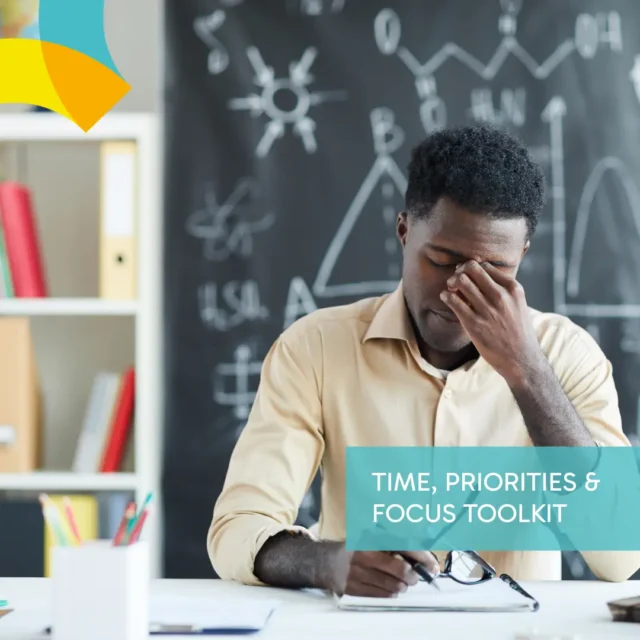
26 November 2024
Is this a nice place to be?
As schools continue to navigate the changing demands of education, one critical question arises: Is this a nice place to be, for the adults as well as the children? Creating school staff spaces that supports wellbeing, flexibility, and connection is essential for retaining and motivating staff, especially during times of increased pressure and burnout. Drawing on insights from design experts and our conversation with Charlotte Simpkins from Bluespace, here are practical strategies to help you in creating school staff spaces where staff feel valued, supported, and inspired to be.
Physical Wellbeing in Staff Areas
The physical environment of a school has a significant impact on staff wellbeing. Charlotte emphasises the importance of ergonomic furniture in shared workrooms, effective lighting, and good air quality to support physical comfort. Schools might consider creative ideas, like quiet recharge areas or walk-and-talk zones, to promote movement and help teachers transition calmly between lessons.
Mental Wellbeing and Space to Breathe
Teachers and school leaders need environments that support focus and calm, particularly in high-pressure environments. Thoughtfully designed staffrooms, calming colour palettes, and designated quiet zones can provide much-needed refuge from the busy school day. Creating a space that acknowledges the need for rest and restoration sends a strong message that staff wellbeing matters.
Productivity and Professional Connection
Schools thrive when their staff are engaged, collaborative, and feel ownership of their environment. Flexible workspace options, such as hot desks, quiet pods for planning, or comfortable zones for informal collaboration, help staff feel trusted and empowered. Even simple tweaks, like access to high-quality resources or shared planning areas, can make a big difference to productivity and morale.
The Power of Flexibility
While teaching may be inherently less flexible than other sectors, schools can still offer autonomy in how and where non-teaching tasks are completed. Could you provide options for staff to work off-site for PPA time? Could you review meeting formats to allow more focused, efficient use of time? Flexibility shows trust—and trust builds commitment.
Community, Culture and Connection
When teachers feel like part of a supportive community, they’re more likely to stay and thrive. Simple actions like staff breakfasts, wellbeing check-ins, or buddy systems create opportunities for connection. Don’t underestimate the power of informal moments and welcoming spaces to rebuild staff culture and morale.
Reflection Questions for School Leaders
Use these prompts to support you in creating school staff spaces than ensure your staff thrive:
- Are your staff areas comfortable, clean, and conducive to rest and focus?
- Do staff have access to calming spaces or breakout areas during the school day?
- Are planning and preparation spaces designed to support focused, uninterrupted work?
- How flexible is your approach to where and how teachers complete their non-contact time?
- What initiatives are in place to help staff feel connected and supported as a team?
- Have you involved staff in shaping the environment they work in?
- Are school leaders modelling the importance of space, time, and wellbeing?

Quick summary – 5 ways to Improve Your School Environment
1. Prioritise Physical Wellbeing – Ensure good seating, ventilation, and lighting in staff areas.
2. Support Mental Wellbeing – Create calming and clutter-free spaces to reduce sensory overload.
3. Encourage Productivity and Ownership – Give staff autonomy over planning environments and workspace use.
4. Build Flexibility into Systems – Explore options for flexible working time or off-site planning when appropriate.
5. Strengthen Community and Belonging – Invest in small actions that promote connection and shared purpose.
We recommend working with a specialist like Bluespace Ltd, which is passionate about creating contemporary office design for workplace interiors where staff will feel more productive, creative and inspired.
Catch up on this series
Blog 1 – Creating Schools Where Teachers Thrive
Blog 2 – Designing School Spaces That Support a Thriving Staff Culture
Blog 3 – Affordable Tips for Teacher-Friendly School Environments
Blog 4 – Designing Inclusive School Environments
Unleash boundless potential with our newsletter! Get practical tips, inspiring insights, and ideas to help you create a workplace where your staff can truly thrive. Join us today.
Sign up to our newsletter to gain access to regular People First updates.




